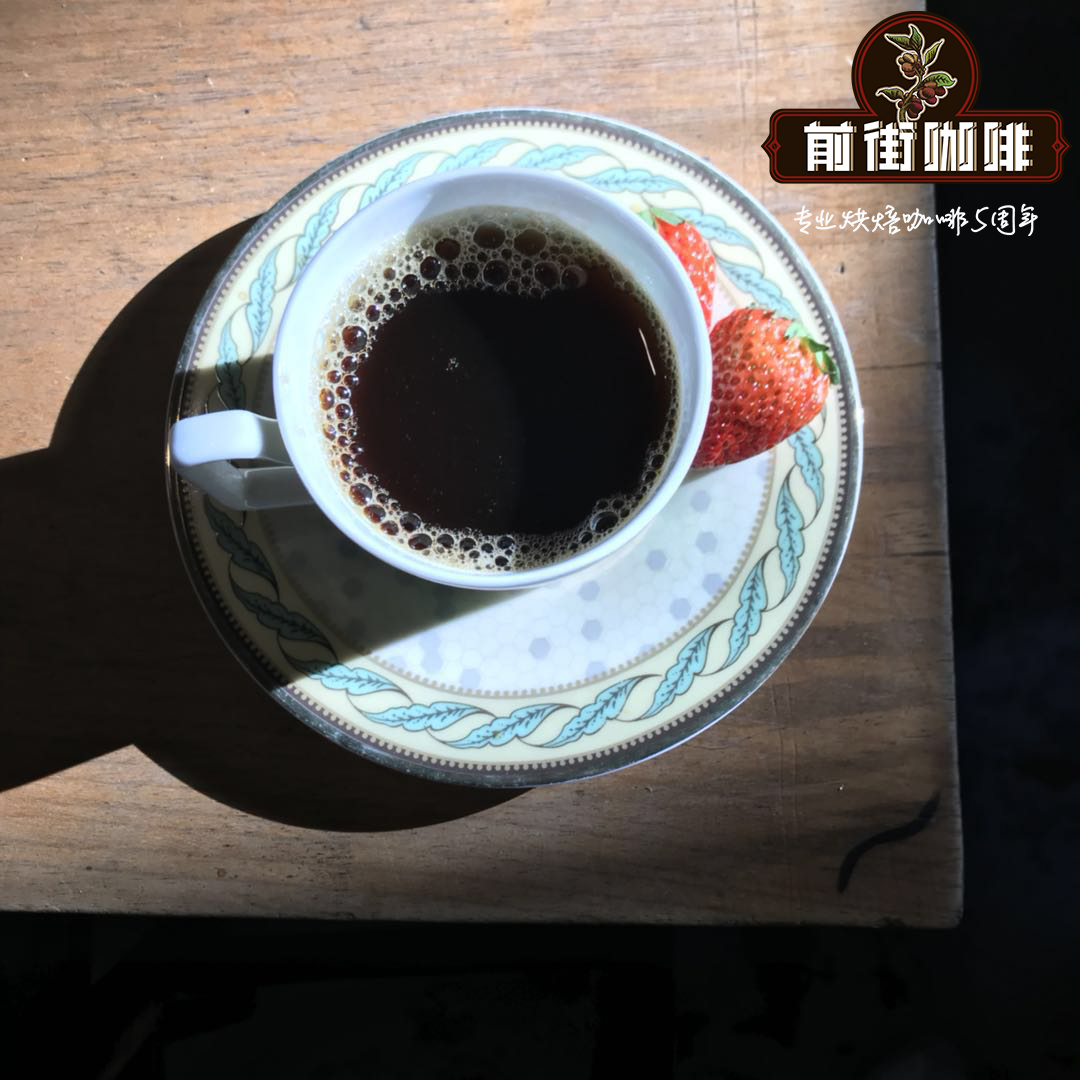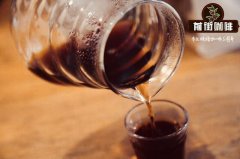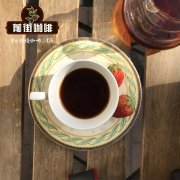Arabica Coffee Variety Classification Daquan Iron pickup Coffee beans belong to Arabica

Professional coffee knowledge exchange more coffee bean information please follow the coffee workshop (Wechat official account cafe_style)
Qianjie-brief introduction of coffee bean varieties
Coffee beans (Coffee Cherry) refer to the fruits of plants used to make coffee. In a broad sense, there are three kinds of coffee beans in the world, but the most common ones are Arabica beans and Robusta beans.
Arabica species (Arabica) Robosta beans (Robusta) Liberia (Liberica species)
There are three major varieties of coffee: the three native species are Arabica, Robusta and Liberika (Liberika). Arabica ranks first in terms of production, accounting for about 6070% of the world's coffee production. There are bourbon, Tibica and other sub-varieties. Robusta accounts for about 3040% of the world's total coffee production. Liberian cards account for only 3% of the total and are mostly grown in the Asia-Pacific region.
Arabica species (Arabica)
Arabica
Also known as small coffee beans, originated in Ethiopia. Arabica coffee trees mostly grow at an altitude of 1000 ℃ 2000 meters above sea level; they are hardy, and the suitable growth temperature is 15 mures and 24 meters; they need more humidity, and the annual rainfall is not less than 1500 milliliters; at the same time, they also have higher requirements for cultivation techniques. Arabica coffee tree is a large shrub with oval, dark green leaves and oval fruit. Generally, there are two slightly flattened beans with long oval on the front, narrow and curved cracks in the middle, S-shaped, and smooth arc on the back of the beans. Caffeine content is about 0.8% Rue 1.5%.
Arabica beans are an important kind of commercial coffee with a fruiting period of less than three years and a high-quality aroma and sour taste. Arabica coffee beans are mainly produced in South America (except parts of Argentina and Brazil), Central America, Africa (Kenya, Ethiopia and other places, mainly East African countries), Asia (Indonesia, parts of Yemen, India, Papua New Guinea).
Robusta species (Robusta)
Robusta beans, also known as medium-grain coffee beans, are native to the Congo in Africa. Robusta coffee trees are mostly planted in lowlands 200-800m above sea level. They like warm climates and require temperatures of 24-29 ℃, but do not require high rainfall. However, the variety relies on insects or wind to pollinate, so coffee takes 11 months from pollination to fruit, which is longer than Arabica. The caffeine content is about 3.2%, much higher than Arabica beans.
Robusta species (Latin name Coffee Robusta Linden) is one of the most important coffee varieties in the world. The leaf rust-resistant varieties found in Congo in Africa have stronger disease resistance than Arabica.
Robusta coffee beans are mainly used to concentrate and mix to increase the thickness of alcohol and get rich oil. Although Robusta's flavor is not comparable to Arabica, it has its own value. Is the main ingredient of instant coffee, some espresso will also be mixed with a certain proportion of robusta.
The main producers of Robbosa beans are Indonesia, Vietnam, Brazil and other countries.
Iron pickup coffee
Typica is a subvariety of Arabica coffee, which was originally grown in Martinique, Central America, Jamaica, Kona region of Hawaii, Papua New Guinea and East Timor are the main coffee growing places of Tibica. In order to obtain more coffee production from high-quality Typica, Typica coffee varieties usually cross-breed with other species. Typica coffee is famous for its sweetness, and some of the best coffee in the world comes from the Typica coffee range, including Blue Mountain, Sumatra and Kona.
Typic raw beans are slightly warped at both ends and oval in appearance. The bean body is flat and thin from the side. Even if the altitude of the planting area is different, the thickness of the side of the raw bean will not be too different.
Unlike other beans, the fruit of Tieka coffee is cone-shaped. Iron pickup coffee is of high quality, so it is very popular in plantations all over the world. If planted properly, Tippica coffee has high sweetness, pure taste and pleasant acidity. Yunnan iron card, Asian herb aroma, lively and bright sour taste, both cheeks, sour soft, mellow balance, rich layers, Yuyun dark chocolate, honey, sucrose flavor, brown sugar flavor after complete cooling.
Knowledge expansion: Arabica is mainly used in individual or boutique coffee. From the perspective of coffee culture or genetics, bourbon and Tibica are the two most important branches of Arabica coffee.
END
Important Notice :
前街咖啡 FrontStreet Coffee has moved to new addredd:
FrontStreet Coffee Address: 315,Donghua East Road,GuangZhou
Tel:020 38364473
- Prev

What kind of coffee beans are suitable for beginners? what kind of coffee is recommended for beginners?
For more information about coffee beans, please follow the front street of Coffee Workshop (Wechat official account cafe_style)-selection Guide for novice individual coffee individual coffee originated in a single producing area, as SCAE's Andra Vlaicu said: "the most important thing about individual coffee is that it can trace the origin, you can know exactly where the coffee came from, and it's a single product, not a mixed recipe. Usually more
- Next

A brief introduction to the taste of Arabica coffee beans
Professional coffee knowledge exchange more coffee bean information please follow the coffee workshop (Wechat official account cafe_style) front street-Arabica coffee varieties introduction we are familiar with the two common varieties of coffee: Arabica and Robusta. The two varieties have many branches, such as the common tin card, bourbon, Kaddura, Kaduai and so on. Arabica (Arabica): flavor and aroma
Related
- Beginners will see the "Coffee pull flower" guide!
- What is the difference between ice blog purified milk and ordinary milk coffee?
- Why is the Philippines the largest producer of crops in Liberia?
- For coffee extraction, should the fine powder be retained?
- How does extracted espresso fill pressed powder? How much strength does it take to press the powder?
- How to make jasmine cold extract coffee? Is the jasmine + latte good?
- Will this little toy really make the coffee taste better? How does Lily Drip affect coffee extraction?
- Will the action of slapping the filter cup also affect coffee extraction?
- What's the difference between powder-to-water ratio and powder-to-liquid ratio?
- What is the Ethiopian local species? What does it have to do with Heirloom native species?

